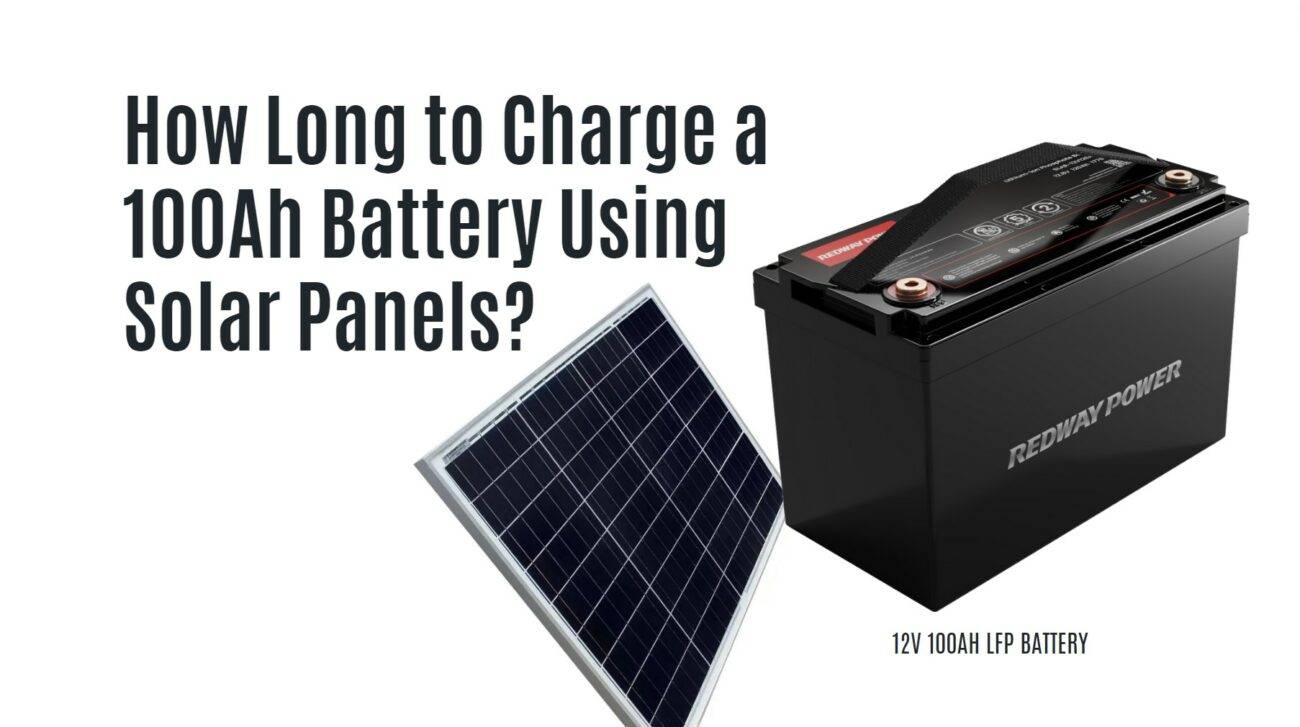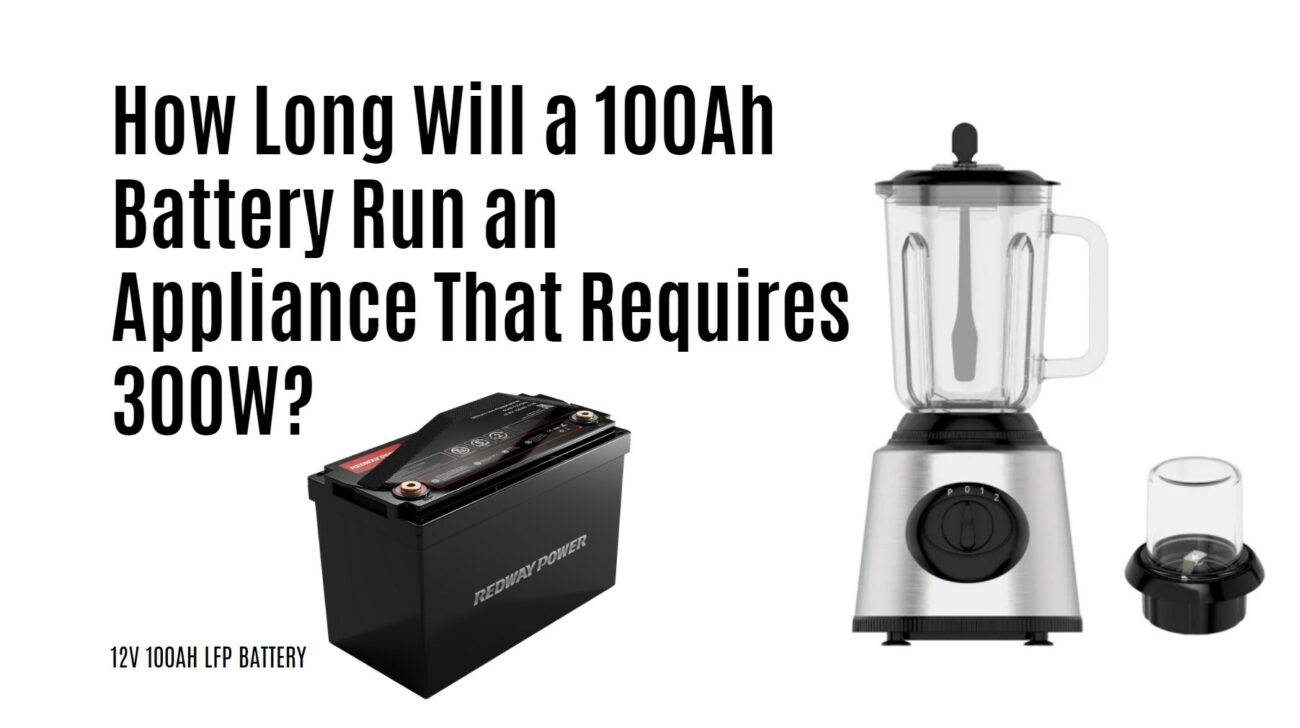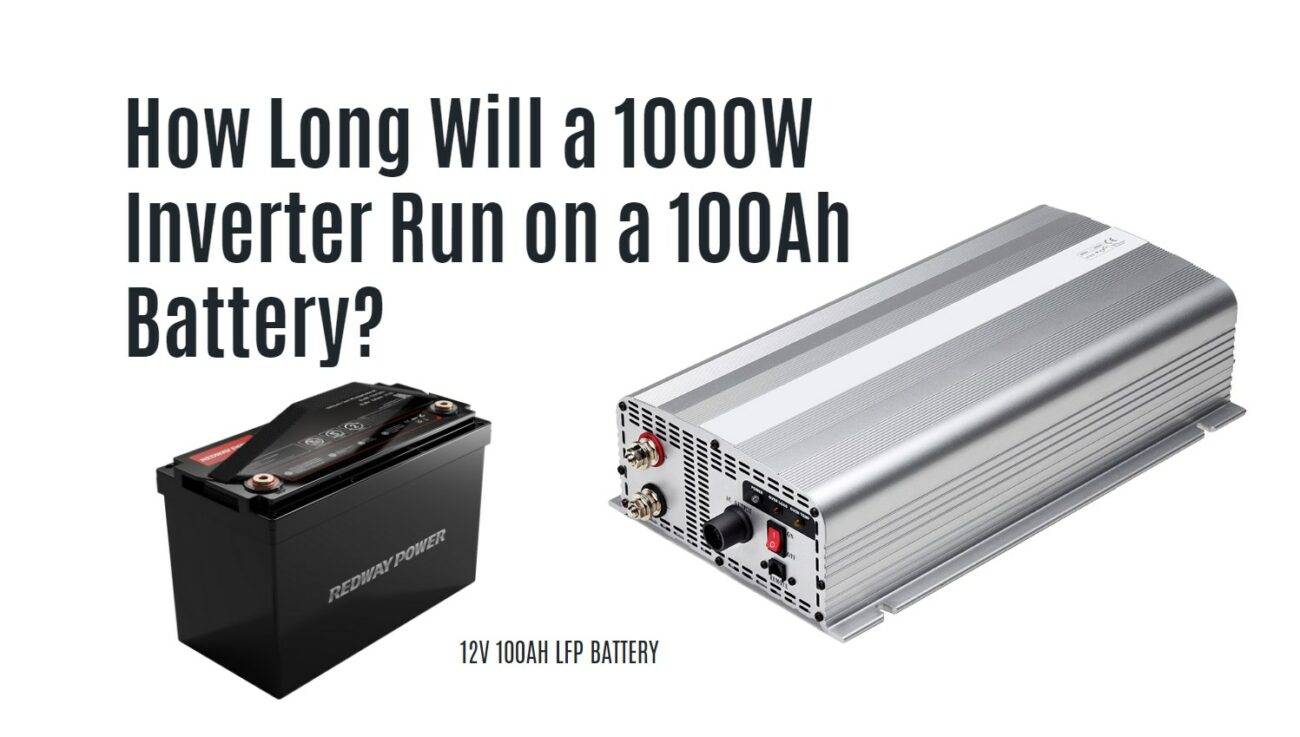- Lithium Golf Cart Battery
- Forklift Lithium Battery
-
48V
- 48V 210Ah
- 48V 300Ah
- 48V 420Ah (949 x 349 x 569 mm)
- 48V 420Ah (950 x 421 x 450 mm)
- 48V 456Ah
- 48V 460Ah (830 x 630 x 590 mm)
- 48V 460Ah (950 x 421 x 450 mm)
- 48V 460Ah (800 x 630 x 600 mm)
- 48V 460Ah (820 x 660 x 470 mm)
- 48V 500Ah
- 48V 560Ah (810 x 630 x 600 mm)
- 48V 560Ah (950 x 592 x 450 mm)
- 48V 600Ah
- 48V 630Ah
-
48V
- 12V Lithium Battery
12V 150Ah Lithium RV Battery
Bluetooth App | BCI Group 31
LiFePO4 Lithium
Discharge Temperature -20°C ~ 65°C
Fast Charger 14.6V 50A
Solar MPPT Charging - 24V Lithium Battery
- 36V Lithium Battery
- 48V Lithium Battery
-
48V LiFePO4 Battery
- 48V 50Ah
- 48V 50Ah (for Golf Carts)
- 48V 60Ah (8D)
- 48V 100Ah (8D)
- 48V 100Ah
- 48V 100Ah (Discharge 100A for Golf Carts)
- 48V 100Ah (Discharge 150A for Golf Carts)
- 48V 100Ah (Discharge 200A for Golf Carts)
- 48V 150Ah (for Golf Carts)
- 48V 160Ah (Discharge 100A for Golf Carts)
- 48V 160Ah (Discharge 160A for Golf Carts)
-
48V LiFePO4 Battery
- 60V Lithium Battery
-
60V LiFePO4 Battery
- 60V 20Ah
- 60V 30Ah
- 60V 50Ah
- 60V 50Ah (Small Size / Side Terminal)
- 60V 100Ah (for Electric Motocycle, Electric Scooter, LSV, AGV)
- 60V 100Ah (for Forklift, AGV, Electric Scooter, Sweeper)
- 60V 150Ah (E-Motocycle / E-Scooter / E-Tricycle / Tour LSV)
- 60V 200Ah (for Forklift, AGV, Electric Scooter, Sweeper)
-
60V LiFePO4 Battery
- 72V~96V Lithium Battery
- Rack-mounted Lithium Battery
- E-Bike Battery
- All-in-One Home-ESS
- Wall-mount Battery ESS
-
Home-ESS Lithium Battery PowerWall
- 24V 100Ah 2.4kWh PW24100-S PowerWall
- 48V 50Ah 2.4kWh PW4850-S PowerWall
- 48V 50Ah 2.56kWh PW5150-S PowerWall
- 48V 100Ah 5.12kWh PW51100-F PowerWall (IP65)
- 48V 100Ah 5.12kWh PW51100-S PowerWall
- 48V 100Ah 5.12kWh PW51100-H PowerWall
- 48V 200Ah 10kWh PW51200-H PowerWall
- 48V 300Ah 15kWh PW51300-H PowerWall
PowerWall 51.2V 100Ah LiFePO4 Lithium Battery
Highly popular in Asia and Eastern Europe.
CE Certification | Home-ESS -
Home-ESS Lithium Battery PowerWall
- Portable Power Stations
How long can a 100Ah battery run a TV?

To estimate TV runtime on a 100Ah battery, consider TV power consumption and battery capacity. Calculate runtime using Battery Capacity (mAh) / TV Power Consumption (mAh). Optimize settings and disconnect unused devices for longer runtime. A 100Ah battery is versatile, serving various applications beyond TVs, including camping, emergency backup, and solar energy storage.
Understanding battery capacity
Understanding TV runtime on a 100Ah battery involves assessing factors like power consumption and battery efficiency. While battery capacity is essential, it doesn’t solely determine runtime. Consider TV wattage, battery condition, and use Ohm’s Law for accurate estimates. Factor in depth of discharge and temperature for optimal performance. Make informed decisions for uninterrupted viewing.
Here’s a breakdown:
1. Battery Capacity: A 100Ah battery can store a substantial amount of energy, but this doesn’t directly translate to runtime. It simply indicates the total charge storage potential of the battery.
2. Power Consumption: Your TV’s power consumption, measured in watts, is crucial for estimating runtime. Higher power consumption drains the battery faster, so knowing your TV’s rating is essential.
3. Efficiency and Condition: The overall efficiency and condition of your battery impact its runtime. Factors like depth of discharge and temperature affect performance and longevity.
4. Calculate Estimated Runtime: Match your TV’s power consumption with the battery’s voltage output and current draw capabilities to calculate an estimated runtime using Ohm’s Law.
By understanding these factors and making informed decisions, you can ensure uninterrupted TV viewing without unexpectedly running out of power.

Factors that affect battery life
Factors affecting battery life when powering a TV with a 100Ah battery include TV type (LED vs. plasma/LCD), screen settings (brightness, volume), size/resolution, background apps, and environmental conditions. Optimizing these factors extends battery runtime, ensuring uninterrupted TV usage. Understanding these variables is crucial for maximizing battery performance and user experience.
Here’s what you need to know:
1. TV Type: Different TV types consume varying amounts of power. LED TVs are more energy-efficient than plasma or LCD models, making them ideal for maximizing battery runtime.
2. Screen Settings: Adjusting brightness and volume levels can significantly impact power consumption. Lower settings extend usage time on batteries.
3. TV Size and Resolution: Larger screens and higher resolutions require more energy, affecting battery runtime.
4. Background Apps: Running apps or processes on smart TVs drain battery faster. Closing unnecessary apps and disabling features like Wi-Fi conserves power.
5. Environmental Conditions: Extreme temperatures can reduce battery capacity and shorten runtime.
Considering these factors helps optimize battery performance and prolong TV usage on a 100Ah battery.
Calculating TV power consumption
Calculate TV power consumption by finding wattage, multiplying it by hours watched, then converting to amp-hours by dividing by battery voltage. Example: 100W x 3 hours = 300Wh, 300Wh ÷ 12V = 25Ah. Consider system losses for accurate estimates on a 100Ah battery.
Follow these steps:
1. Find TV Wattage: Locate the wattage information on your TV, usually on its back, bottom, or user manual.
2. Calculate Energy Consumption: Multiply the TV’s wattage by the number of hours watched to find energy consumption (Wh). For instance, 100W x 3 hours = 300Wh.
3. Convert to Amp-Hours: Divide energy consumption by the battery system voltage (e.g., 12V). For a 12V battery, 300Wh ÷ 12V = 25Ah.
Consider additional factors like system losses and connected devices for accurate runtime estimates on a 100Ah battery.
How to determine the runtime of a 100Ah battery for a TV
To determine the runtime of a 100Ah battery for a TV, you need to consider the battery capacity and the TV’s power consumption. A 100Ah battery has a capacity of 1200 watt-hours (Wh). Divide the battery capacity by the TV’s power consumption to calculate the running time. For example, if the TV consumes 100 watts (W), the runtime would be approximately 12 hours.
1. TV Power Consumption: Check your TV’s energy efficiency in watts (W) or amps (A) from its specifications.
2. Calculate Runtime: Divide the battery capacity (100Ah) by the TV’s power consumption. For example, 100Ah / 100W = 1 hour.
3. Account for Variables: Factor in inefficiencies and connected devices, as they can affect battery life. Leave some buffer for accurate runtime estimates.
Tips for maximizing battery life
To maximize battery life, consider implementing the following tips: 1. Adjust screen brightness and timeout settings to conserve power. 2. Use power-saving mode or battery optimization features available on your device. 3. Close unused apps and disable unnecessary background processes. 4. Avoid extreme temperatures that can negatively impact battery performance. 5. Avoid overcharging by unplugging the device once it reaches full charge. By following these tips, you can extend the battery life of your device and optimize its performance.
Other uses for a 100Ah battery
A 100Ah battery has versatile applications due to its high energy storage capacity. It can be used to power a range of devices, including electric vehicles, boats, RVs, backup power systems, and off-grid solar setups. With its large capacity, it provides extended runtime and reliable power supply for various purposes.
Explore versatile applications beyond TV power:
1. Camping and RVing: Power lights, fans, refrigerators, and charge devices while enjoying the outdoors.
2. Boating and Marine Activities: Run navigation systems, fish finders, radios, and more for safety and convenience.
3. Emergency Backup Power: Ensure essential devices like medical equipment and communication tools stay operational during outages.
4. Solar Energy Storage: Store excess energy from solar panels for later use, promoting sustainability.
5. Off-Grid Living: Provide reliable power in remote areas or off-grid setups using renewable energy sources.
6. Outdoor Events: Set up temporary lighting and sound systems for gatherings with portable battery packs.
Unlock the potential of a 100Ah battery for various needs beyond TV power.
FAQs
How long will a 100 amp hour battery run a TV?
What size battery do I need to run my TV?
How many amp hours do I need to run a TV?
How long will a 12V TV last on battery?
Can you run a TV off a portable battery?
How long will a TV run on an inverter with a battery?
How many amps does a 55 inch TV use?
How many amps does a 50 inch TV use?
How long can a deep cycle battery run a TV?

























